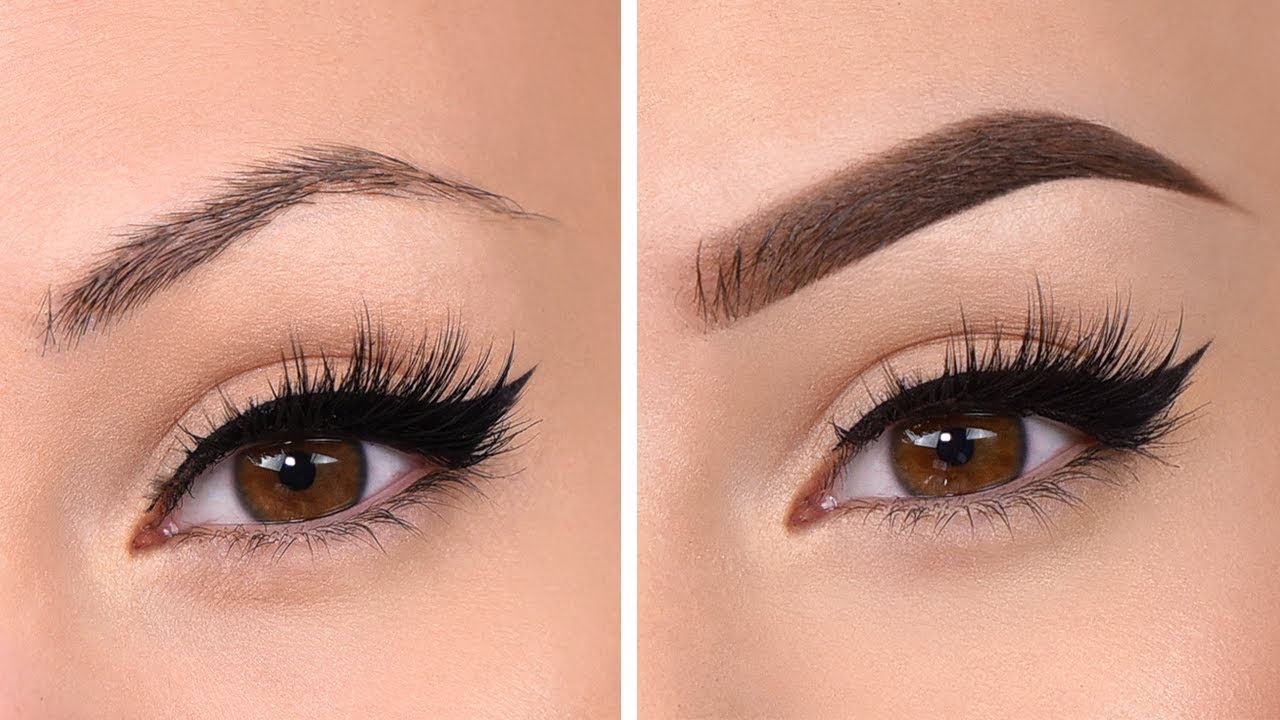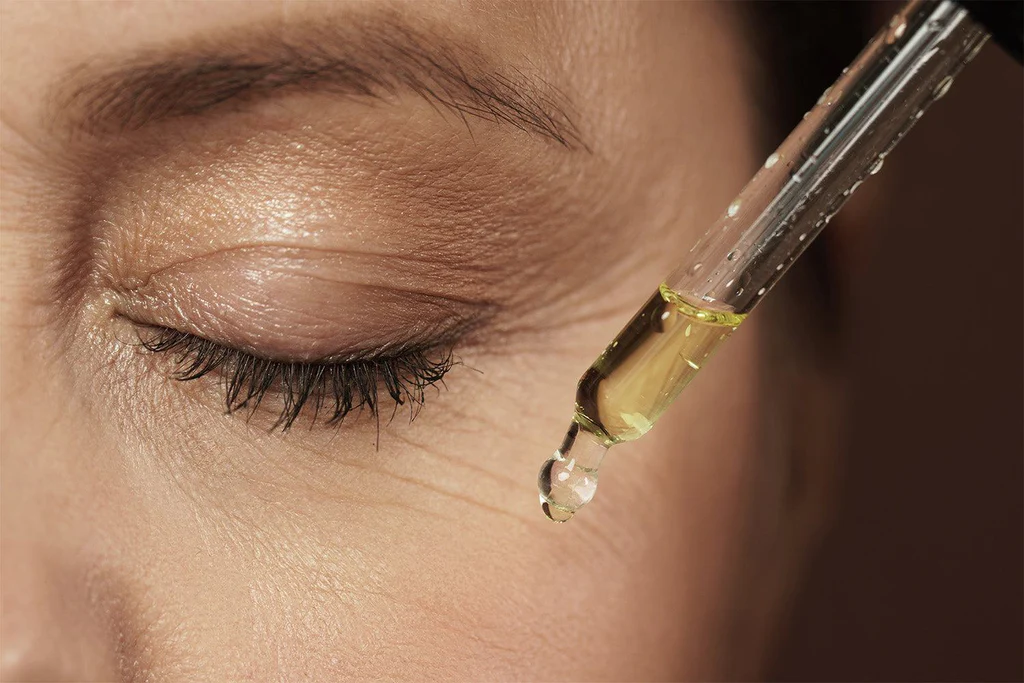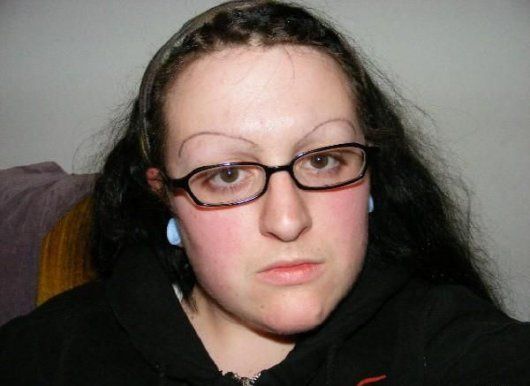
 By
Your Beauty Plug
By
Your Beauty Plug
Eyelashes are not only a beauty feature, but also a protective mechanism for your eyes. They help keep dust, dirt, and other particles from entering your eyes and causing irritation or infection. But what if you have more than one row of eyelashes? This rare condition is called distichiasis, or double eyelashes. In this blog post, we will explore the causes, symptoms, and treatment of eyelash mutation.
Eyelash mutation can be inherited or acquired later in life. The inherited form is usually due to a genetic mutation in the FOXC2 gene, which plays a role in the development of many organs and tissues before birth1. This mutation can cause a cell that is supposed to be part of the system that protects your organs to turn into a hair follicle, resulting in an extra row of lashes.
The inherited form of eyelash mutation is often associated with a rare condition called lymphedema-distichiasis syndrome (LDS). LDS involves double eyelashes and lymphedema, which is a buildup of fluid in the body’s tissues. People with LDS usually experience swelling in both legs, as well as other problems such as early onset varicose veins, scoliosis, cleft palate, and heart abnormalities.
The acquired form of eyelash mutation is less common than the inherited form. It is caused by inflammation or injury of the eyelid, which can damage the meibomian glands. These glands normally produce an oil that coats tears and prevents them from drying up too quickly. When the meibomian glands are affected, they can produce extra lashes instead of oil.
Some of the common causes of acquired eyelash mutation are:
If you have eyelash mutation, you might not have any other symptoms besides the extra lashes. However, depending on the number, length, and direction of the extra lashes, you might experience some of the following:
The goal of treatment for eyelash mutation is to get rid of the extra lashes or to ease any symptoms you have. Your doctor might recommend one or more of the following options:
Q: Is eyelash mutation contagious?
A: No, eyelash mutation is not contagious. It is either inherited or caused by an injury or inflammation of the eyelid.
Q: Is eyelash mutation dangerous?
A: Eyelash mutation can be dangerous if it causes damage to your eyes, such as corneal scarring, ulcer, or infection. These can lead to vision loss or blindness if left untreated. Therefore, it is important to see your doctor if you have any symptoms of eyelash mutation.
Q: Can eyelash mutation be prevented?
A: There is no way to prevent the inherited form of eyelash mutation, as it is determined by your genes. However, you can reduce the risk of the acquired form by taking good care of your eyes and eyelids. This includes:
Q: Can eyelash mutation be cured?
A: There is no cure for eyelash mutation, as it is a permanent condition. However, the treatments mentioned above can help remove the extra lashes or improve your symptoms. Some treatments, such as laser or surgery, might need to be repeated if the extra lashes grow back.
Q: Are double eyelashes a sign of beauty?
A: Beauty is subjective and depends on personal preference and cultural norms. Some people might find double eyelashes attractive, while others might not. However, it is important to remember that eyelash mutation can cause serious eye problems, so it is not advisable to seek or create double eyelashes for cosmetic reasons.
I hope you found this blog post helpful and informative. If you have any questions or feedback, please let me know.




